Holiday 2011 Laptop Buyer’s Guide
by Jarred Walton on December 2, 2011 3:45 AM ESTMainstream Laptops: Ultrabooks, Gaming Laptops, and Other Options
Our next category is where things really start to get fuzzy: the mainstream or midrange market. Why are things fuzzy? Because if we set the price to “around $1000”, we end up with a ton of options. There are ultraportables with reasonable specs (including ultrabooks and MacBook Airs), quad-core Intel i7 processors with Optimus Technology, and business machines that eschew raw performance and bling but instead offer build quality that will last. We also start to find laptops with legitimately good displays—nothing to rival the IPS panels we’re finding in $500 tablets, sadly, but at least color quality and contrast break out of the minor leagues. Let’s start with the newest category first, the ultrabook.
Recommended Ultrabook
We could be cheeky and just say that the best “ultrabook” remains Apple’s MacBook Air—it has reasonable performance, a very slim profile, good battery life, and an excellent display. The 11.6” model starts at around $940 online while the 13.3” model goes for a not-insignificant $1235 online. If you’re already an OS X user, there’s really no need to continue. Both MBAs are examples of how to do a high quality laptop right, and unfortunately we still don’t have a Windows alternative that is superior in every way. What we do have is the ASUS UX31E (and UX21E).
Ultra slim and well equipped: ASUS UX31E for $1000
As mentioned earlier, I’m partial to the 13.3” and 14” form factor over 11.6” laptops—excuse me, ultrabooks—so the ASUS Zenbook UX31E gets my primary recommendation. We have a review sample in house, and we’ve reviewed (or are in the process of reviewing) a couple other ultrabooks; out of the current crop the UX31E gets our pick. It comes with a single USB 3.0 port, a USB-to-Ethernet dongle (which is still faster for transferring over the network than the built-in WiFi), 4GB RAM, an i5-2467M CPU, and a 128GB SSD. More importantly, it at least makes some attempt to improve the LCD over other laptops. The contrast ratio on our sample (just like on the UX21E) is pretty weak at just over 200:1, but ASUS mitigates things by having a maximum brightness of 500nits (great for outdoor use), and even better they ditch the typical 1366x768 resolution and instead offer a 1600x900 LCD.
Build quality is excellent and only two things stop this from being a true MacBook Air killer: one is the display contrast ratio, and the other is the shallow key travel. Even so, it’s $200 cheaper than the MBA13 and matches or exceeds the Apple offering in just about every other area. If you're picky about keyboards, try to find one at a local store and give it a shot before taking the plunge, as it's a potential turn-off for some of you (though I'd say the same about the Acer S3 keyboard and the other ultrabooks I've handled). I'm personally more concerned with the display contrast; it’s a shame ASUS didn’t spend a bit more money to put 11.6”/13.3” equivalents of the Eee Prime Transformer LCD into their ultrabooks.
Midrange Gaming Laptops
For around $1000 (give or take $200), right now there are basically three ways to go with gaming laptops. Option one is to get a balanced laptop, perhaps with a better display, but sacrifice GPU performance for battery life and other aspects. The second option is to kick battery life to the curb and simply go for as much GPU power as you can get. The third option is to get all of the above, but while in theory a manufacturer could provide Optimus while still using a faster GPU and not charge a price premium, that's not happening right now. There just aren't many laptops out there with GTX 560M or above, quad-core CPUs, Optimus, and a price that's still south of $1200. (Yes, I'm greedy!) The closest we can get is the Toshiba X775-Q7272, which checks in at just under $1300 and has a pretty weak display, but if you're willing to spend the extra $100 to $300 and you like the X775 design, go for it. Our preference is to go with one of these two notebooks instead (or save up for the Alienware M17x that we'll cover on the next page).
Balanced Midrange Gaming
Decent performance and a good display: CyberPowerPC Xplorer X7-7500 for $1175
The first option is Clevo’s W150HRQ chassis, sporting a 1080p display, quad-core CPU, and Optimus-enabled GeForce GT 555M graphics. The cheapest price we can find right now comes from CyberPowerPC, where you can snag their Xplorer X7-7500 with an i7-2670QM, 8GB RAM, and a 750GB 7200RPM HDD for $1175. (Dropping some of the options down a bit can get the price to $1020, e.g. go with the i5-2430M, 4GB RAM, and a 500GB 7200RPM HDD.) The other alternative is to go with AVADirect’s Gaming Laptop Clevo W150HRQ, the big selling point there being the ability to upgrade to a gorgeous 1080p matte LCD for around $1300 (or drop to a dual-core i5-2430M to get the price to around $1100). We reviewed a configuration similar to that with the Mythlogic Pollux 1400, and while the keyboard layout still irks me, the display is enough to make me think twice.
Potent Midrange Gaming
Better gaming, not so great battery life: ASUS G53SX-XR1 for $967
If on the other hand you’d prefer to forget about NVIDIA’s Optimus and upgrade to a GPU that can handle high quality gaming at 1080p, you’ll want at least a GTX 560M (or Radeon HD 6950M). It’s easier to find NVIDIA’s solution in laptops and ASUS has their G53SX that hits the desired price and features. It’s a bit tricky figuring out which models have what features, but it appears the G53SX-XN1 is a 1080p glossy display while the G53SX-XR1 is a 1080p matte display. The important thing is that Sears has the G53SX-XR1 for just $967 (plus taxes); glossy or matte, that’s a screaming deal (which may not last long). One of the nice things about the G53SX chassis is that it has space for two drives, so even though the XR1 comes with a 640GB 5400RPM hard drive, adding your own SSD for the OS and apps is relatively straightforward.
Other Mainstream Offerings
How to make a sexy laptop: Apple MacBook Pro 13 for $999
Besides the above, there are a few other laptops I’d like to mention that hit the mainstream market on all fronts. They’re similar in some respects, not so much in others, but if you want a laptop with excellent build quality and a beautiful display, Apples MacBook Pro line continues to set the pace. The base model MBP13 can be had for $999 right now, and as long as you’re ready to go with OS X it’s a very nice laptop. The unibody aluminum construction gives the laptop a solidity that’s sorely lacking in most consumer laptops, the profile is very think and sleek, the display is high contrast and able to get plenty bright (even if the 1280x800 resolution isn’t as high as some of us would like), and battery life is excellent. Of course, looking at the other specs the MBP13 isn’t quite so impressive: 4GB RAM and an i5-2410M with a 320GB 5400RPM hard drive. (Note that the latest MBP13 has upgraded the CPU to the i5-2430M with a 500GB HDD by default, but it will cost $140 more; we’re fine with the specs on the older variant.)
Faster, running Windows 7, and 1080p: Dell’s XPS 15z for $1050
Another mainstream laptop we’d like to highlight is the Dell XPS 15z. Some have called it a copy of Apple’s MBP15, but that’s painting with a pretty broad stroke. It’s reasonably thin and silver, but that’s about as far as we’d go. What the XPS 15z does have is the option to upgrade to a nice looking 1080p display, and it comes with a GeForce GT 525M and a dual-core i5 processor. Like the MacBook Pro 13, Dell has updated the 15z to the i5-2430M on the base model, but if you want the 1080p display upgrade (which is a major we like the XPS 15z), the least expensive way to get it will be with an earlier i5-2410M model for $1050; it’s not like you’re going to miss the extra 100MHz. You’ll also get a 750GB 7200RPM hard drive and 6GB RAM for that price. The build quality isn’t as good as the MacBook Pro, but the features and price help make up for that—plus, if you’re not running OS X, much of the draw of the MacBook Pro goes away.
The eyes have it: Lenovo X220 with IPS panel for around $1000
And as a third and final option, here's a familiar refrain. Lenovo has their X220 line on sale as well, and you once again get an awesome combination of build quality and features. You won't get a discrete GPU, so gaming is pretty much out of the question (other than at minimum detail), but what you can get is an IPS premium quality panel upgrade for $50 extra. Normally going for closer to $1500, with the current sale you can get the X220 with an i5 CPU and IPS display for just over $1000. (I told you there were a lot of mainstream laptops worth considering!)


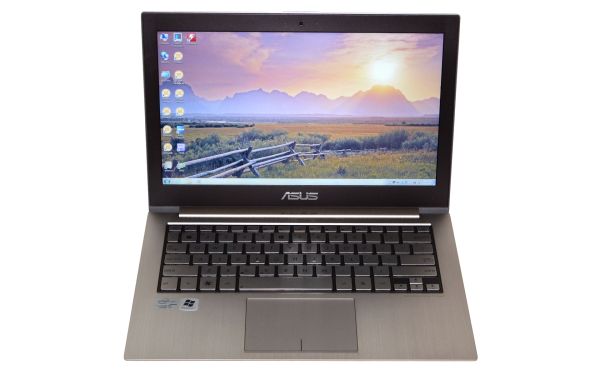
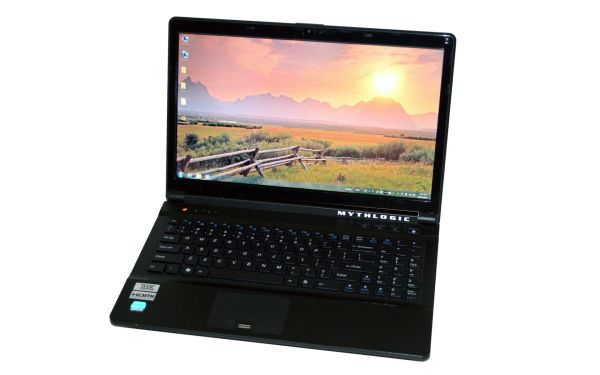
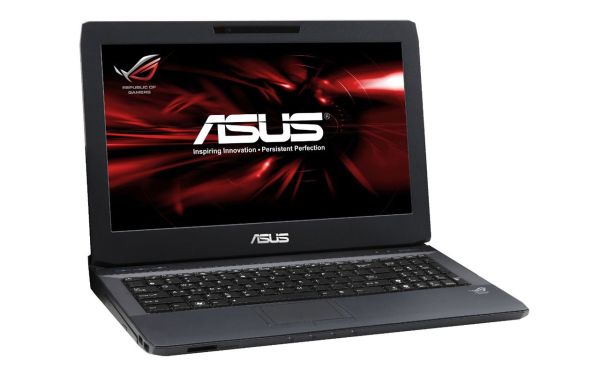
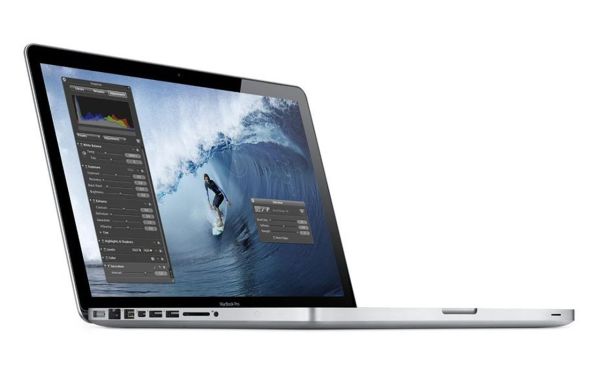
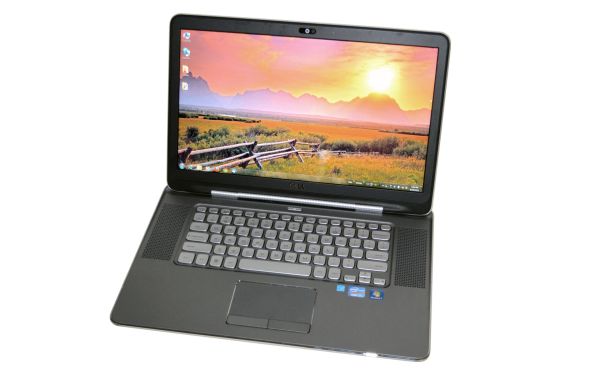
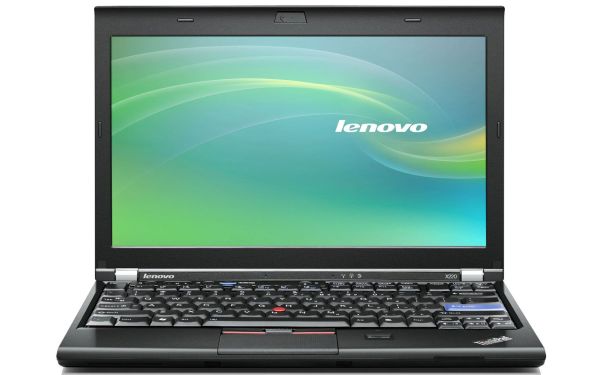








88 Comments
View All Comments
aranyagag - Friday, December 2, 2011 - link
I am also holding on to my core 2 duo until it either gives up the ghost or I get a taller screenHrel - Friday, December 2, 2011 - link
Gonna have to disagree on the midrange gaming laptop.http://www.cyberpowerpc.com/system/Xplorer_X6-9300...
I have for some time, and continue to believe this is simply the best laptop per dollar you can buy right now.
JarredWalton - Saturday, December 3, 2011 - link
That's practically the same as our W150HRQ recommendation in many ways, only without Optimus and with a faster GPU. However, it's also $1200+ where we linked an ASUS G53SX going for under $1000. The Clevo P151HM is potentially faster, but having reviewed the P151HM I can say that the keyboard quality and overall build quality are nothing special. I would rather have the ASUS.Hrel - Saturday, December 3, 2011 - link
Jarred, you and everyone else at Anand are always going on about laptop screens. How can you recommend the Asus when you know the screen is bog standard? Yes it's 1080p, which helps. But viewing angles, contrast, color accuracy, all those are areas where Asus consistently and inexplicably goes with a sub-par display.Hrel - Saturday, December 3, 2011 - link
Also to clarify, from my perspective money isn't a concern as much as bang/buck is. And I care a great deal about the screen. I will say, while I'm satisfied with the quality of the speakers on the P151 Clevo, they could be louder. My only other complain though is the 10 key, the 0 needs to be moved over, if that means shrinking the arrow keys that's fine with me; then make the enter key larger or move it to the left. Build quality however and the rest of the keyboard, and tactile feedback, I find very impressive. I bought this laptop after asking you if I should get this or the MSI actually. You said Clevo or Asus, I went with the Clevo and couldn't be happier with it.JarredWalton - Saturday, December 3, 2011 - link
My understanding is the G53SX has models in both matte and glossy, and that those are all higher contrast displays. However, I can't say for sure as ASUS is clearly sourcing from multiple vendors. Right now, I only know of two matte 1080p 15.6" LCD panels, both from AU Optronics and both good quality. One is high color gamut and the other is standard sRGB, and I would be happy with either one.If you've personally seen the G53SX and it does not have a decent contrast (e.g. it has a very poor black level), let me know, but the information I was able to dig up suggests the 1080p models are better than average displays.
Hrel - Saturday, December 3, 2011 - link
Oh, also the GTX560M is the slowest GPU I'd accept. It is a shame it doesn't have Optimus, especially since it's supported. But the battery life is quite impressive, in my own uses.pepperoni - Friday, December 2, 2011 - link
Jarred - I was a little surprised by your dismissal of 3D panels on notebooks. I have never seen a 120Hz display, but I have been intrigued ever since I read this review by your colleague:"[It] was my first exposure to 120Hz refresh displays that aren’t CRTs, and the difference is about as subtle as a dump truck driving through your living room. I spent the first half hour seriously just dragging windows back and forth across the desktop - from a 120Hz display to a 60Hz, stunned at how smooth and different 120Hz was. Yeah, it’s that different." --Brian Klug 8/7/10
Your critique of mobile 3D has mainly centered on the lack of utility -- a point I completely agree with. Like you, I have zero interest in viewing any 3D games or movies on a notebook (or in my living room or in a theater, for that matter), but if 120Hz benefits the 2D experience half as much as Brian Klug claims, it sounds great.
The Toshiba A665-3DV you reviewed had crappy resolution and low contrast. I'm thinking about Dell's XPS 17 with 1080p 3D. Do you think 120Hz is a worthwhile upgrade for someone like me who hates 3D?
snuuggles - Friday, December 2, 2011 - link
I agree. I own an hn274h for 2d only, it makes a significant difference in my day to day activity and game playing. Everything just feels... Crisper? I'm not sure how to describe itOne reason they might not want to do it it power use, I'm guessing if it's running twice as fast it'll use more juice. But the truth is that there's simply no market for better displays--witness all the 13" 1360x768 60hz tn panels on supposed high end ultra books. The average consumer is idiotic.
Hey, not to put too fine a point on it, but our own jarred recommended the UTTERLY worthless ux31 based from what I can only guess is on the looks and specs. Certainly anyone who tried to use it to work would instantly find the keyboard--the single biggest differentiating factor between this and a tablet--completely unusable due to the short throw and stiff action of the keys
Sorry Jarred, you blew it big time. I'm not normally this harsh to an individual, but you need to hear this: it is unacceptable for you to recommend something based on specs alone
JarredWalton - Saturday, December 3, 2011 - link
Two things for you. First, here's the last part of my paragraph dismissing 3D: "Okay, sure, the 120Hz refresh rates would actually be nice, but does anyone want to view 3D content on a notebook?" I like the idea of 120Hz displays for non-3D purposes, but unfortunately you have to pay for all the 3D rigmarole to get there (e.g. glasses, emitter, etc.) and you generally can't get 120Hz displays unless you go with NVIDIA GPUs.Second, and this is specifically for snuuggles, I've got the UX31E sitting on my test bench right now. I can tell you the expected battery life and the performance. Given that it's an ultrabook, going outdoors into brightly lit environments is a very likely use case. A 500 nit display is going to be very useful. Would I prefer higher contrast? Of course, but at least the resolution is better than the competition. But you weren't talking about the display.... [To be continued!]